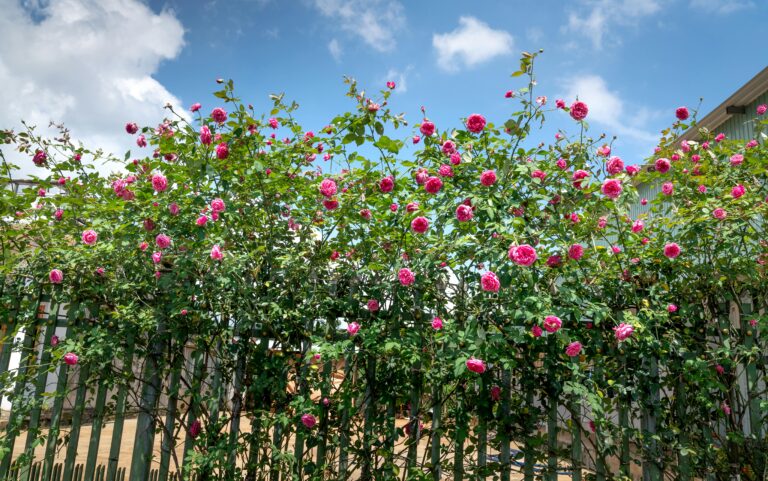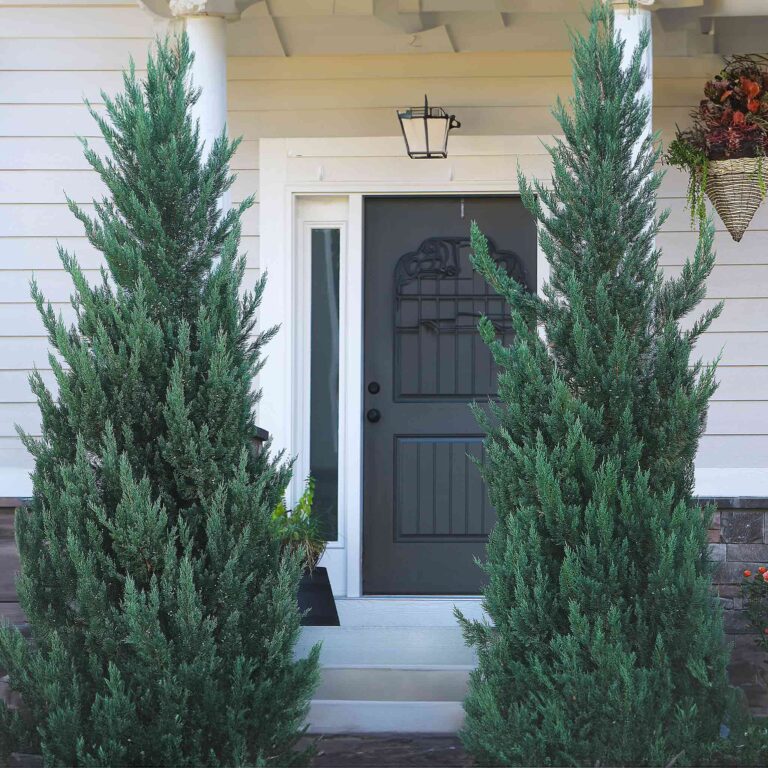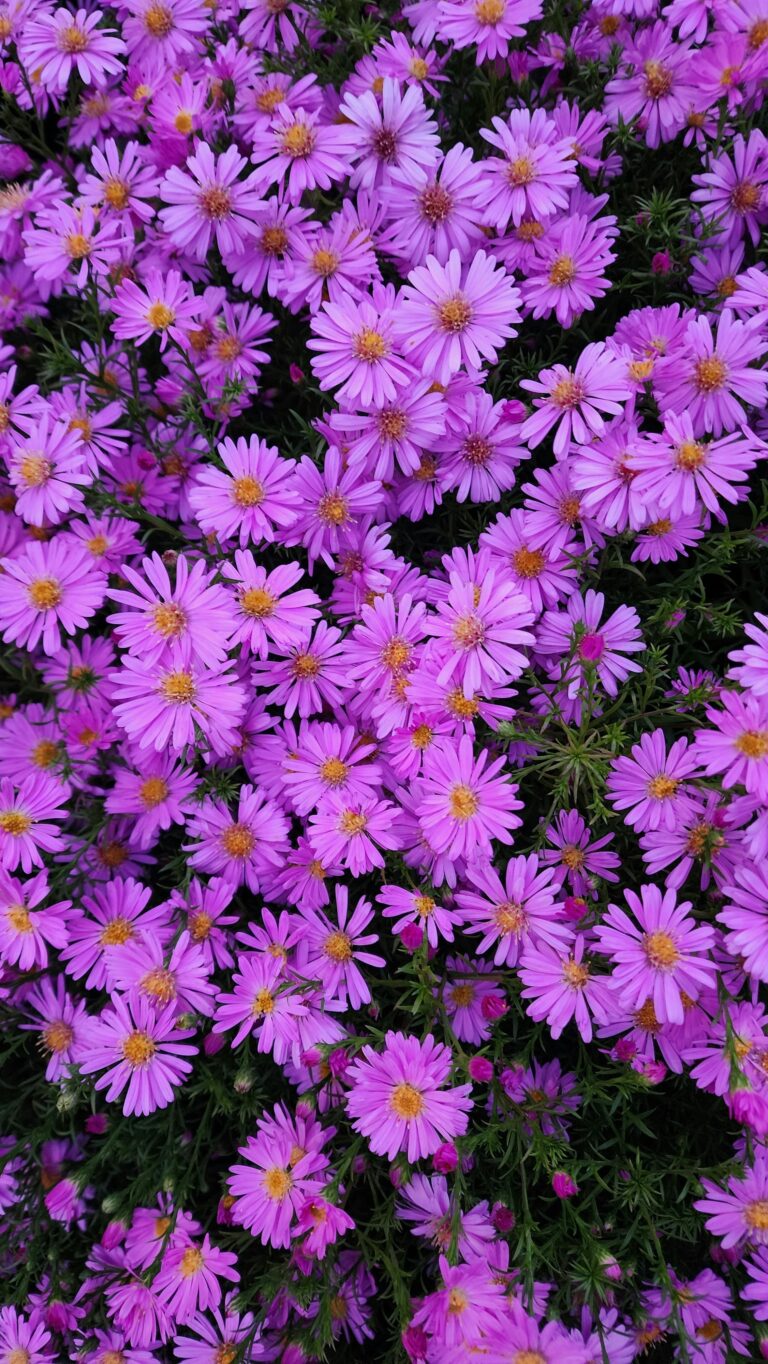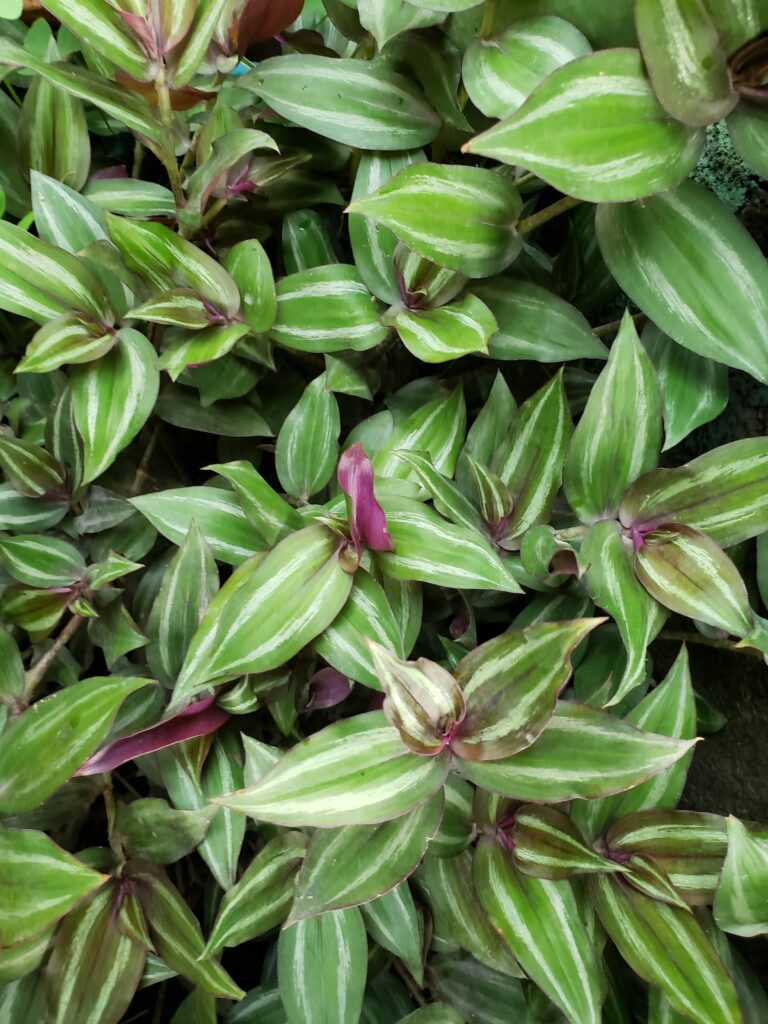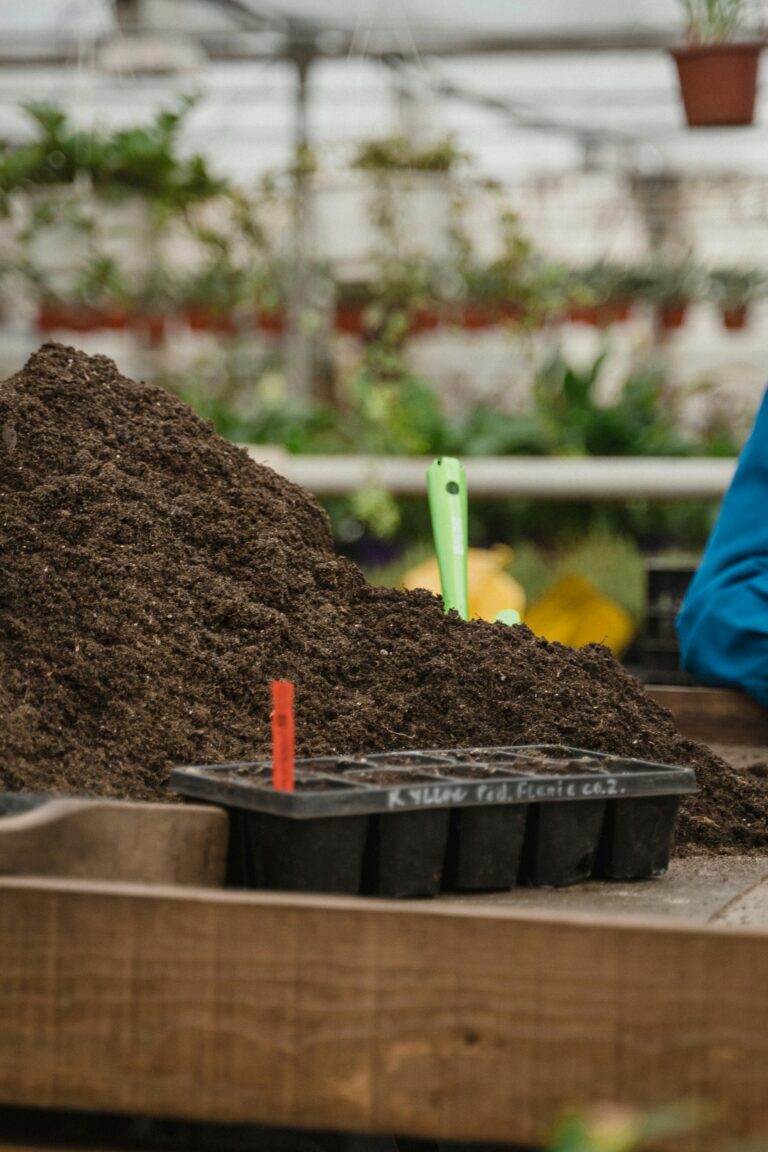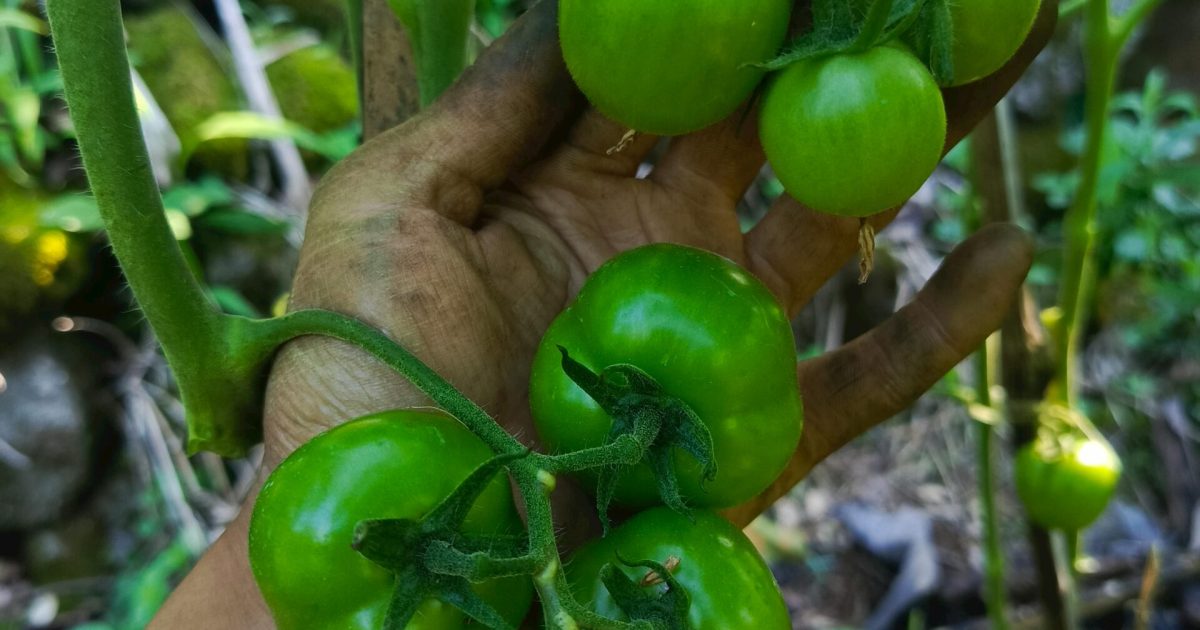
Growing Tomatoes: What Do Flowers Mean?
A summer garden without tomatoes is like a kitchen without spices – it feels incomplete! There’s something so special about seeing those starry yellow tomato flowers pop up in your garden. But for new gardeners, the appearance (or lack) of these blossoms can raise questions. So, what do these tomato flowers really mean for your plants, and why are they so important?
Let’s dive into the world of tomato flowers and discover what they tell us about our plants, and how we can encourage more blooms and, ultimately, more fruit!
The Role of Tomato Flowers
Simply put, flowers are the precursors to fruit. No flowers, no tomatoes! When you see those lovely yellow blooms, it’s a sign that your tomato plant is mature enough and healthy enough to begin reproducing. Each of these flowers has the potential to turn into a juicy, sun-ripened tomato if conditions are right.
But sometimes, flowers don’t show up when expected, or they do but never set fruit. This can be a signal that your tomato plant is experiencing some stress.
Why Your Tomato Plant May Not Have Flowers
If your tomato plant isn’t producing flowers, it’s likely missing something essential. Tomatoes have basic needs, much like humans. Without the right balance of temperature, light, water, and nutrients, they can’t focus on flowering. Here are the most common reasons your plant might not be flowering:
Temperature Stress: Tomatoes are warm-weather lovers, preferring temperatures between 65°F and 80°F. If it gets too cold (below 50°F) or too hot (above 90°F), they might halt flower production.
Not Enough Sunlight: Tomatoes need at least 6 to 8 hours of direct sunlight each day. Without sufficient light, they can’t generate enough energy to grow flowers.
Improper Watering: Both overwatering and underwatering can affect flowering. Tomatoes need consistent moisture, about 1-2 inches of water per week. If the soil is too dry, they won’t bloom. If it’s too soggy, they may develop diseases that can also inhibit flowering.
Nutrient Imbalances: Too much nitrogen promotes leafy growth at the expense of flowers. On the other hand, too little nutrients can leave your plants without the energy to produce blossoms.
How to Encourage Flowering
If your tomato plant isn’t blooming, don’t fret! Most of these issues are easy to fix with a few simple adjustments. Here’s how to help your plants thrive:
Manage Temperatures: Keep an eye on the weather. If nighttime temperatures dip below 50°F, consider using row covers to keep your plants warm. Conversely, in extreme heat, provide some shade during the hottest parts of the day.
Maximize Sun Exposure: If your plant isn’t getting enough sunlight, move it to a sunnier spot or prune back any nearby plants or trees that might be casting shade.
Water Wisely: Tomato plants thrive with consistent, deep watering. Aim for one or two thorough waterings a week rather than frequent, shallow watering. Ensure the soil drains well to avoid waterlogging.
Balance Nutrients: Fertilize your plants with a balanced fertilizer. Avoid too much nitrogen, which promotes leafy growth but hinders flowering. Look for fertilizers higher in phosphorus and potassium, which help promote flower and fruit development.
When Will Tomato Flowers Appear?
Tomato plants usually begin flowering about a month after transplanting, once they’ve grown to around 12-18 inches tall. If you’re seeing healthy plants but no flowers after this period, it’s time to assess their growing conditions.
Troubleshooting Common Issues
Sometimes, despite your best efforts, things don’t go as planned. Here are a few common problems you might encounter:
Flowers But No Fruit: This often happens when temperatures are too high or too low. You might see flowers fall off without setting fruit. To fix this, focus on stabilizing the temperature.
Long, Spindly Plants with Few Flowers: This is a sign of insufficient sunlight. Tomatoes grown in shade tend to stretch towards the light, resulting in weaker plants and fewer flowers.
Yellow Leaves and No Flowers: Overwatering or nutrient deficiencies can cause this. Check the soil for moisture and consider applying a balanced fertilizer to support growth.
Final Thoughts
Growing tomatoes is both an art and a science. Flowers on your tomato plant are a positive sign, but if they’re absent, don’t panic. With a little troubleshooting, you can ensure that your plant has the right environment to thrive. After all, happy tomato plants produce abundant, delicious fruit – and there’s nothing more satisfying than harvesting your own homegrown tomatoes.
So, if you’re not seeing those beautiful yellow blossoms just yet, take a step back, evaluate your plant’s needs, and make the necessary changes. Soon enough, you’ll be rewarded with a bountiful crop of juicy, ripe tomatoes!
Happy gardening!


